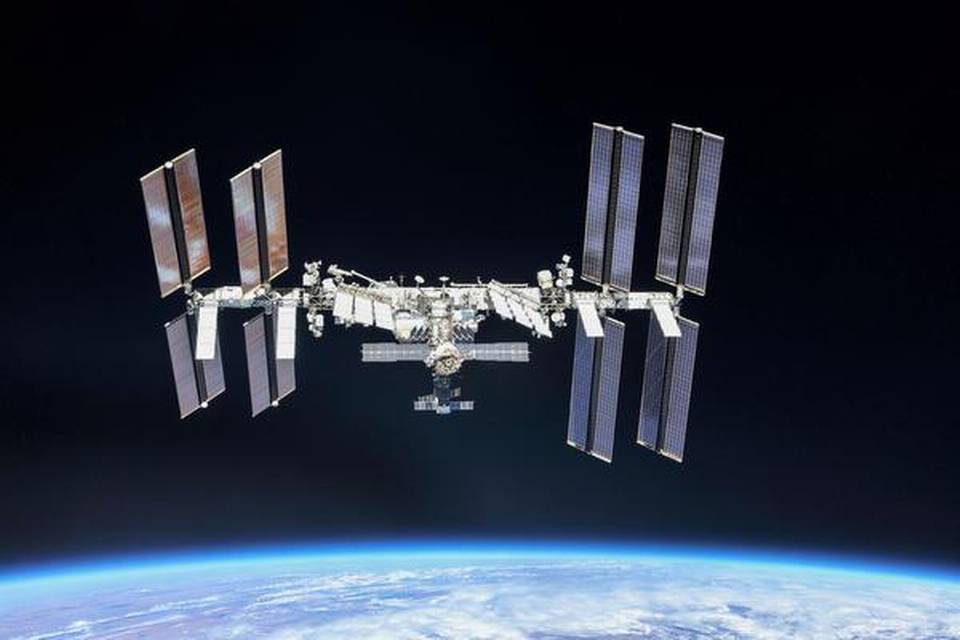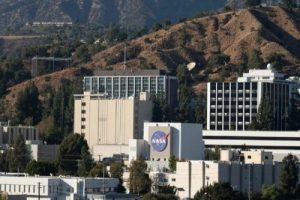India plans to have its own space station, and modalities for it will be worked out after the first manned mission, Gaganyaan, scheduled for August 2022, K. Sivan, Chairman of the Indian Space Research Organisation (ISRO), stated on June 13, this year.
Further, “We want to have a separate space station. We will launch a small module for microgravity experiments… that is our ambition,” he said, addressing the media. A detailed report would be submitted to the government after the Gaganyaan mission.
Dr. Sivan argued the proposed space station is envisaged to weigh 20 tonnes and serve as a facility where astronauts can stay for 15-20 days, and it would be placed in an orbit 400 km above earth. The time frame for launch is 5-7 years after Gaganyaan. The ISRO would also join the international space community for a manned mission to moon and beyond.
Gaganyaan on track
Meanwhile, Speaking on the progress of Gaganyaan, Jitendra Singh, Minster of State in the Prime Minister’s Office, said the project was on track to be realised by the 75th Independence Day or even earlier. “Cost approved by the Union Cabinet just before the Model Code of Conduct came into force was ₹10,000 crore,” he asserted.
A Gaganyaan National Advisory Council has been created with members from different institutions and industries to oversee and advise on the mission. Selection of 2-3 crew members for Gaganyaan would be done in six months, Dr. Singh said and added that they would then undergo training for 1-1.5 years after that.
The initial phase of training would be in India and the advanced stage would be done abroad as the requisite facilities did not exist here and the project was on a short timeline, Dr. Sivan stated.
A GSLV Mk-III launch vehicle would be used to launch the Gaganyaan. Prior to that, two unmanned missions would be undertaken, one in December next year and the second, six months after that. The Gagayaan mission aims to send a 2-3 person crew to space for a period of seven days. The spacecraft would be placed in a low earth orbit of 300-400 km.
Although, ISRO had already signed a Memorandum of Understanding (MoU) with the Indian Air Force for selection and training of pilots for the manned mission. Talks were underway with the Navy and Coast Guard for the recovery of the crew module once it lands in water after re-entry into the earth’s atmosphere, Dr. Sivan mentioned.
After Chandrayaan-2, ISRO has set its sights on two interplanetary missions. Mission Aditya-L1 is scheduled for next year to study the Sun’s corona, which effects climate on earth, and another mission to study Venus in 2-3 years.
Despite all of this, India’s space agency has specialized in low-cost space launches since the early 1960s, when components of rockets were transported by bicycles and assembled by hand. In 2014, it sent a spacecraft to Mars for $74 million, significantly lower than the $671 million the U.S. spent for a Mars mission the same year. In early 2017, the nation launched a flock of 104 satellites into space over the course of 18 minutes, setting a new global record.
























